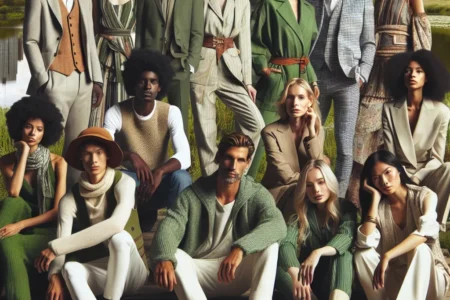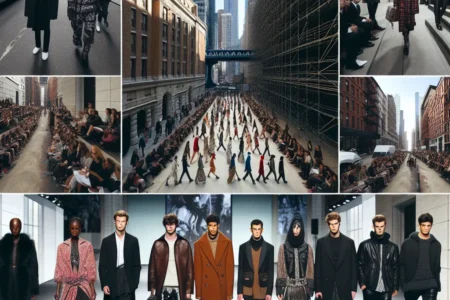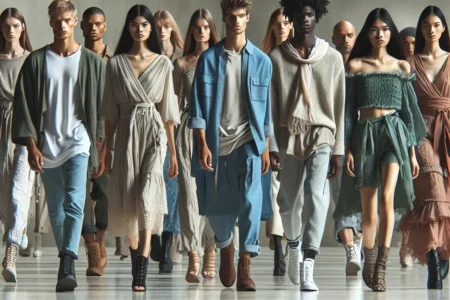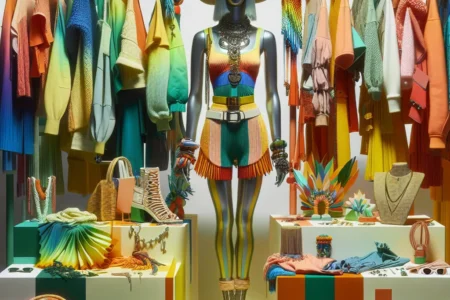The article discusses the transformative impact of Virtual Reality (VR) on fashion shows, highlighting how VR technology is reshaping the traditional runway experience. It emphasizes the immersive and interactive nature of VR, enabling fashion enthusiasts to participate in events from anywhere, offering a personalized front-row viewing experience and creating new opportunities for designers to showcase their collections. Furthermore, the article explores how VR technology enhances efficiency in the industry, revolutionizing the way collections are presented to buyers while minimizing costs and environmental impact. Additionally, the potential and promise of VR technology to propel the fashion industry forward in terms of creativity, accessibility, and sustainability are emphasized. This comprehensive insight serves as an enticing invitation for readers to delve into the full article and discover the limitless potential that VR brings to the fashion world.




